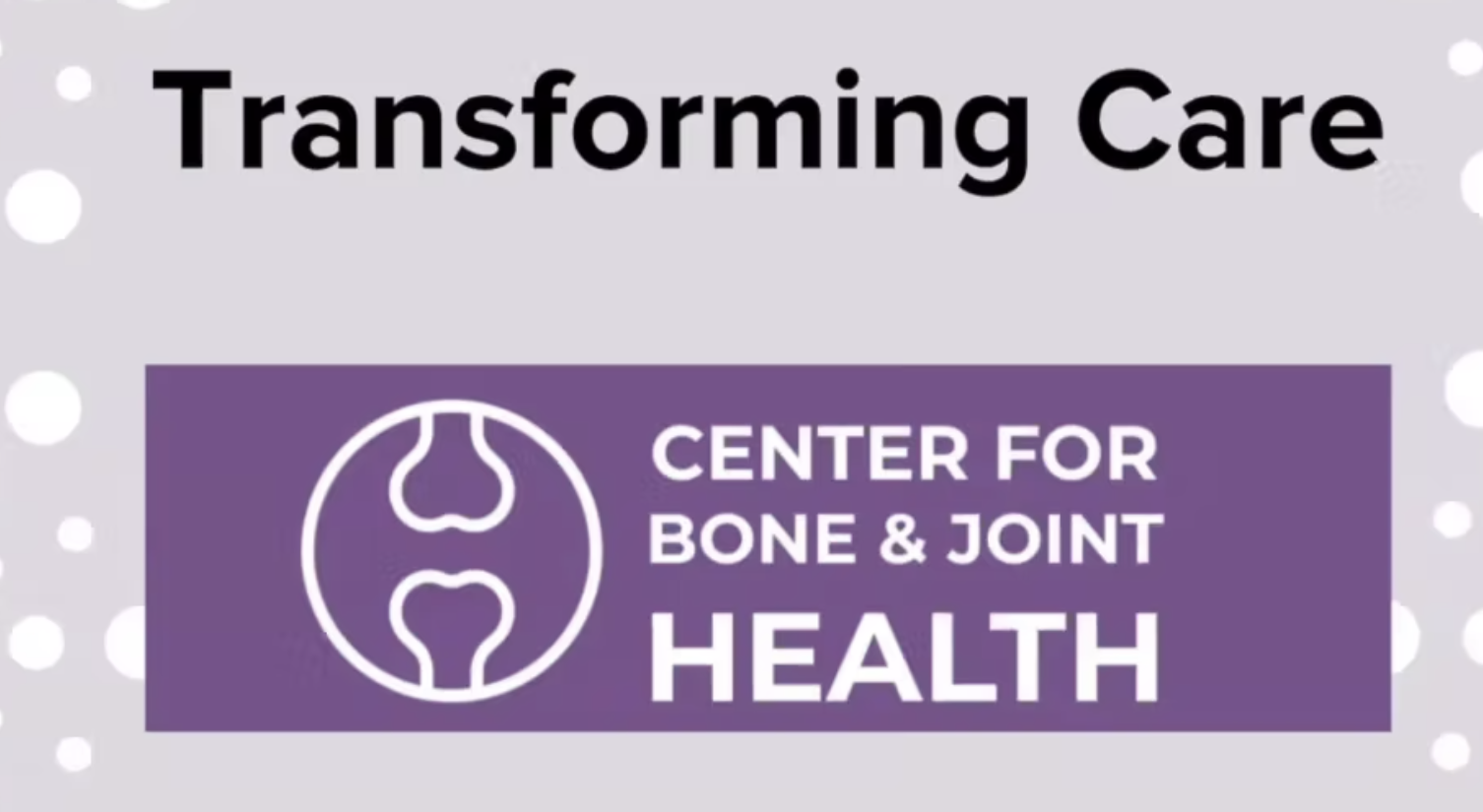What is a Disparity?
A disparity is a discrepancy, inconsistency, or imbalance of services and outcomes. When it comes to bone and joint health conditions and treatments, there are various socioeconomic characteristics that play a role in these disparities. Such factors, often referred to as social determinants of health, include gender, race, education level, socioeconomic status, culture, and others.
Bone and Joint Health
Disparities Fast Facts
•26% OF WOMEN HAVE ARTHRITIS VERSUS 18 % OF MEN
•WOMEN ARE THREE TIMES LESS LIKELY THAN MEN TO ELECT TO HAVE TOTAL JOINT REPLACEMENT SURGERY (TJR(
•WHEN WOMEN ELECT TO HAVE TJR, THEY ARE TYPICALLY OLDER, AND REPORT WORSE PAIN AND HAVE LOWER PRE-OP FUNCTION SCORES
“At the Center for Bone and Joint Health, a primary component of our mission is to identify health disparities and work to address them through improved models of care and education delivery.”
ARTHRITIS BY THE NUMBERS
More Common in Women
Or about 26% of women have arthritis (compared to 18% of men). Women are three times less likely than men to have Total Joint Replacement (TJR) surgery.
A National Burden
National arthritis-attributable medical care costs and earnings losses among adults with arthritis. (CDC)
THE PROBLEM IS GROWING
People affected by doctor-diagnosed
arthritis alone, set to grow to 78 million by 2040. (CDC)
BUT… TOTAL JOINT REPLACEMENT SURGERY IS OFTEN AVOIDABLE
1 million+ total joint replacements are performed each year in the US, generating one of the largest healthcare expenses. The average cost of a hip or knee replacement is $20,540.
However, 15 - 30% of hip and knee replacements can be avoided or deferred.




